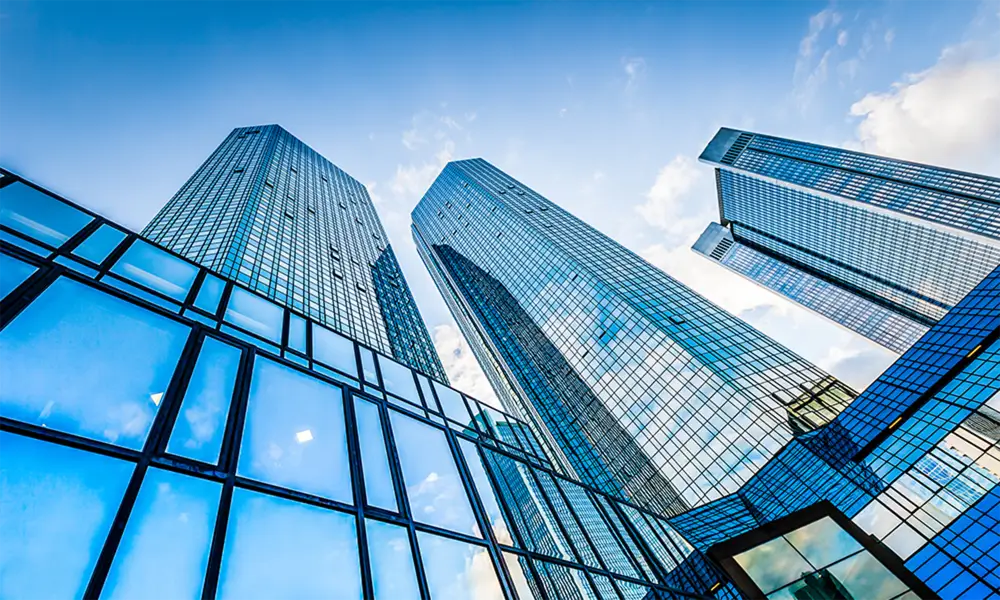

The Versatility and Appeal of Tinted Float Glass
Tinted float glass has emerged as a popular choice in modern architecture and design, appealing to both aesthetic and functional considerations. This specialized type of glass is produced through the float glass process, where molten glass is floated on top of molten tin, creating a smooth, uniform surface. By introducing pigments during the manufacturing process, tinted float glass gains color, enhancing its visual appeal and offering several practical benefits.
Aesthetic Benefits
One of the primary reasons architects and interior designers opt for tinted float glass is its aesthetic versatility
. Available in a range of colors such as bronze, grey, green, and blue, tinted glass enables designers to achieve specific visual themes in a building or space. The hues can complement various architectural styles, from modern to traditional, and can be used in windows, facades, and interior partitions. Tinted glass can dramatically alter the perception of light entering a space, creating an atmosphere that can be tranquil, vibrant, or sophisticated, depending on the chosen tint.Energy Efficiency
Beyond aesthetics, tinted float glass offers significant energy efficiency advantages. The coloration of the glass reduces glare and regulates the amount of solar heat that enters a building. This helps maintain a comfortable indoor temperature, especially in warmer climates. By minimizing the reliance on air conditioning systems, tinted glass can lead to reduced energy consumption and lower utility bills. Moreover, during the summer months, tinted glass can significantly decrease the heat gain, making it an excellent choice for large glass facades and windows.
UV Protection

Another crucial benefit of tinted float glass is its ability to block harmful ultraviolet (UV) rays. Prolonged exposure to UV radiation can cause fading in furniture, carpets, and artwork, compromising their appearance and integrity. Tinted float glass helps mitigate this issue by filtering out a significant percentage of UV rays while still allowing visible light to pass through. This protection is especially relevant in residential settings where artworks, textiles, and furnishings are valuable investments.
Privacy and Security
For commercial and residential buildings alike, privacy is an essential concern. Tinted float glass provides a level of privacy without sacrificing natural light. The tint obscures the view from the outside, allowing occupants to enjoy their spaces without feeling exposed. In urban settings, this quality is particularly relevant, as it allows for a more secluded environment. Additionally, tinted glass can come in various thicknesses and strengths, adding a layer of security to buildings by being more resistant to breakage compared to standard clear glass.
Environmental Considerations
In recent years, the environmental impact of building materials has become a crucial factor in design decisions. Tinted float glass can be manufactured with recycled materials and is often recyclable at the end of its life cycle. Its energy efficiency properties can lead to a reduced carbon footprint for buildings, contributing to more sustainable construction practices.
Conclusion
In conclusion, tinted float glass is a multifaceted material that serves various purposes in architecture and design. Its visual appeal enhances the aesthetic quality of spaces while providing energy efficiency, UV protection, and privacy. As the demand for sustainable and effective building materials continues to rise, tinted float glass stands out as a practical solution that meets the diverse needs of modern buildings. With its versatility and numerous advantages, tinted float glass is poised to remain a staple in the design toolkit for years to come.